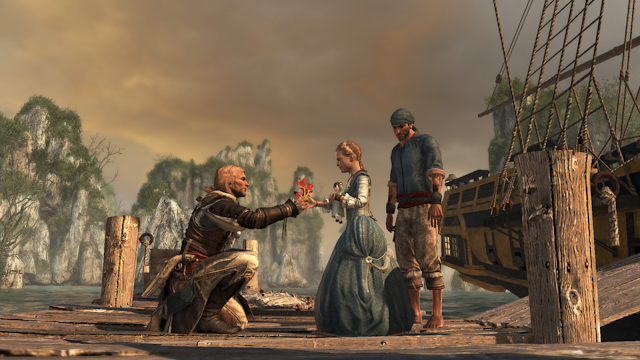Nåpon Minahålang

No one ever fully knows a language, and that is always an interesting way of reminding people that a language is, first and foremost, a social organism. It connects people. It exists to connect and express connections. But as no one ever fully knows a language, it means that even those who use it everyday are always still learning in the language. There is always more to know, as a language is always belong what a single person can know or do. One way that I have continued to learn and grow in the language is by translating songs from English, regularly into Chamoru. At this point, I've translated hundreds of pop songs, rock songs, hip hop songs, country, punk, alternative, emo, ska, at this point just about any genre you can imagine, I've probably translated at least one song from it, into the Chamoru language. Sometimes I try to keep the original intention and metaphor of the song, other times I completely abandon it. Sometimes even the tune of the song itself, its flow get








